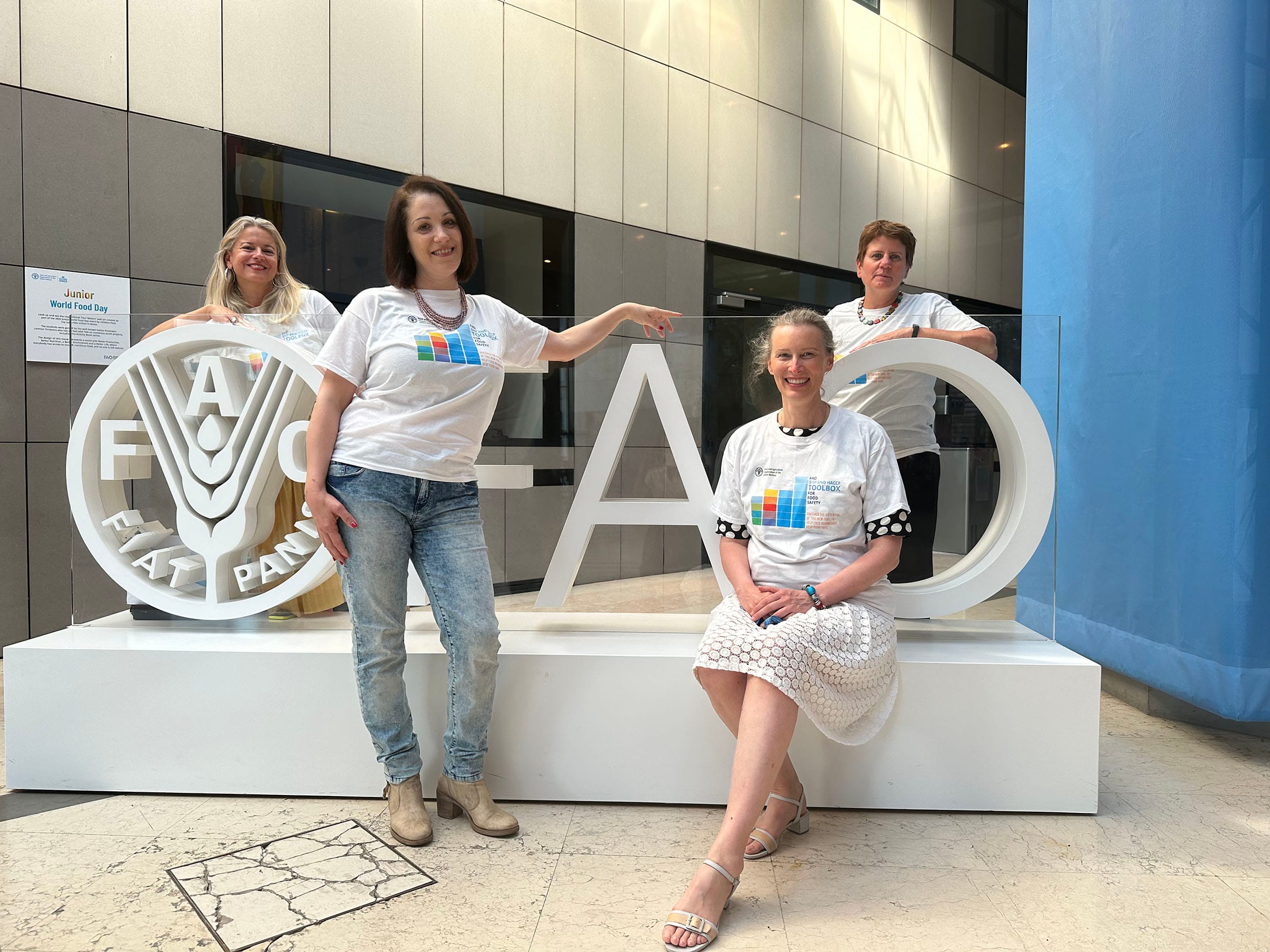GUELPH — Launched on June 7, University of Guelph (U of G) researchers developed a user-friendly food safety toolbox after over a year of discussion.
U of G food scientists have played a part in developing a global web-based food safety toolbox by the United Nations Food and Agriculture Organization (FAO).
This resource outlines food safety management practices, such as good hygienic practice (GHP) and hazard analysis and critical control points (HACCP). This tool is useful for keeping food safe all the way along the supply chain from farms to grocery stores.
The new modular online resource is intended to give accessible, practical guidelines for food business operators in implementing or improving food safety measures in collaboration with local authorities.
“It’s not just producers in Canada that can benefit from this. So, what the philosophy was before is ‘Train the Trainer,’” said professor in the department of food science in the Ontario Agricultural College at U of G, Keith Warriner.
Essentially, Warriner said this means that if an individual is being trained, they will be able to then train others. The FAO had gone with this policy for about 30 years, said Warriner, until deciding they needed a new approach.
“One of the big problems raised is how to translate knowledge into practice,” said Warriner.
The history
The FAO and the World Health Organization (WHO) were established by the United Nations to promote food security and health of the global population.
In 1963, the Codex Alimentarius Commission was founded to bring standards in food production and processing.
It was overseen by the FAO and WHO. Six years later, Codex published the first GHP and had input from 160 nations.
Warriner said that the GHP guide is similar to a handbook on how to produce and process safe food.
He added that it is important to note that the Codex GHP guide is not law, but it brings forward the elements to consider when growing, processing, transporting and selling food. The GHP is a guide that is recognized globally. Warriner mentioned this can cause issues.
Different countries have used the GHP to develop their own regulations, guidance and food safety training material. This means that it is open to interpretation by those who apply it.
“This has led to different food safety training and regulations across the globe,” said Warriner.
Understanding the FAO
Cornelia Boesch works for the FAO as a food safety officer. She studied food science and technology in Switzerland, and has been working in the food sector since she was 16.
The FAO, being part of the United Nations, is a system that has member countries and Canada is one of these member countries.
“We have most of the countries in the world that come together here and tell us what we’re supposed to do,” said Boesch.
She added that the United Nations FAO is primarily about fighting against hunger and poverty. However, Boesch said part of fighting against hunger is enabling people and many agricultural societies to be able to earn a better living from the work they are doing along “agri food value chains.”
“That immediately ends up with food safety, because if you don’t process your foods according to internationally recognized food safety standards, and you are not in compliance with your legislation, you will not be able to trade,” said Boesch.
The food safety officer explained that it has taken decades for the FAO to get where it is now in North America and parts of Europe, and that developing countries are still catching up to where we are in terms of food safety.
Mapping it out
The research team for this project began by mapping out the different parts of the Codex GHP guide. They were then able to set it up in a similar way to a subway map with different colours so people could navigate the toolbox easier.
Once the user goes into the section of interest, they can click on the different parts to get more in-depth information about how it can be applied by the user.
“It is unique as it doesn’t simply lay out information like the FDA Food Safety Code but gives the user a pathway of learning,” stated Warriner.
The idea is that there is an attempt to aid learning so people can have the confidence to apply it to their own situation, anywhere in the world.
“We’ve just developed so much and we wanted to put [our information about food safety] out there in a version that is [accessible to everyone],” explained Boesch.
The way people learned about these GHP’s and HACCP’s before was through having policymakers and regulatory bodies read it and adopt it through their processes.
Officials say it was never a text that explained every element of what is needed, and did not explain how to go about things.
The new toolbox was generated because of countries asking the FAO for help in providing something that would explain food safety better to individuals and businesses.
“This was a demand to us from the Codex member countries to create these guidance materials,” said Boesch.
Boesch explained to the Advertiser that this new tool, because they have unpacked the key principles of food safety, will now give understanding to what is needed to integrate food safety.
Understanding food safety
Warriner said in a U of G press release that making food safety easier to understand makes it easier to implement.
The task that Warriner and his team were challenged to was to find a way to give information directly to users, in addition to those concerned with policy, inspection and food safety training.
“The unique part is that the material is directly linked to end users whereas before it was more for the trainers who would then teach the users,” Warriner explained.
The toolbox which the university researchers developed, is directly accessible by mobile interfaces such as phones and iPads. If you are interested in knowing more, please visit: fao.org or contact: food-quality@fao.org.




